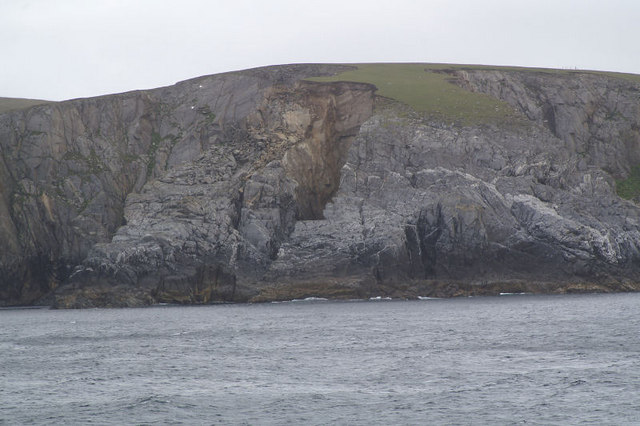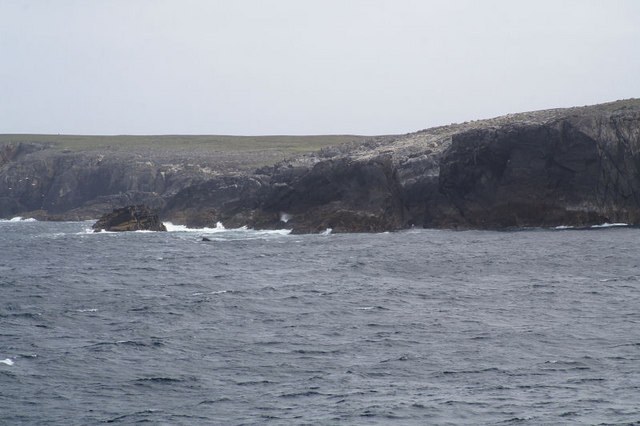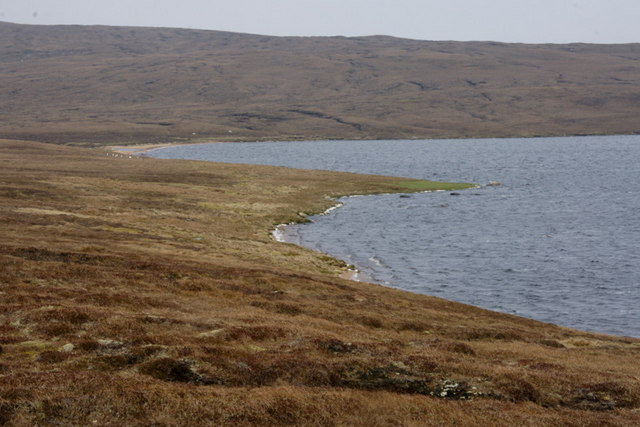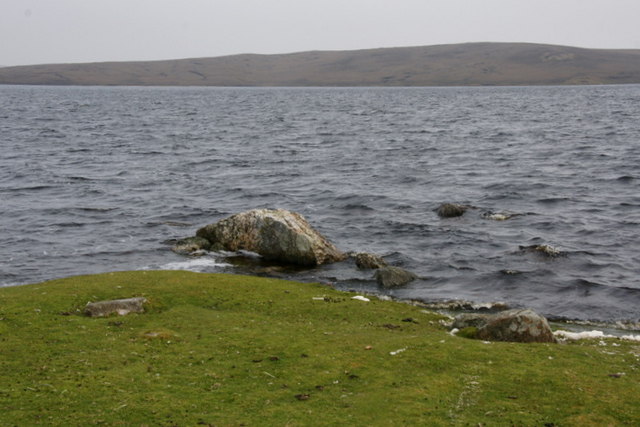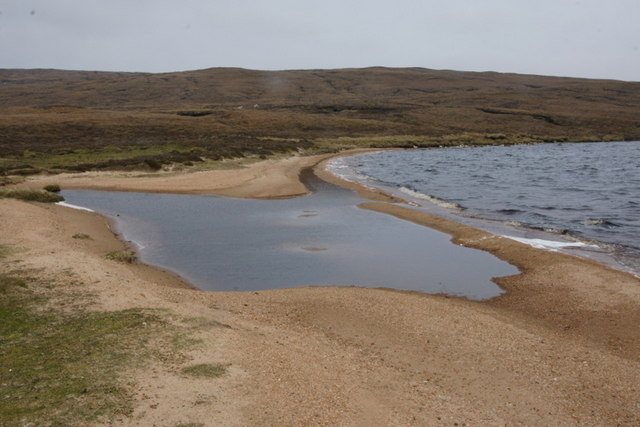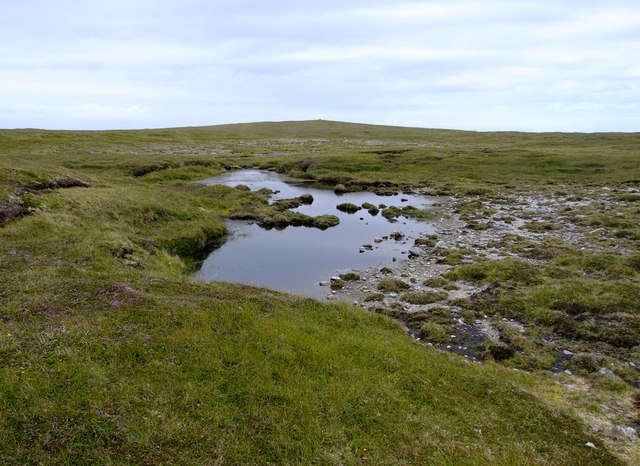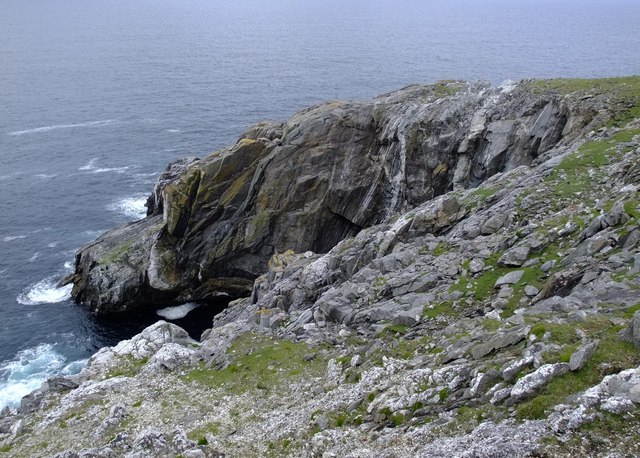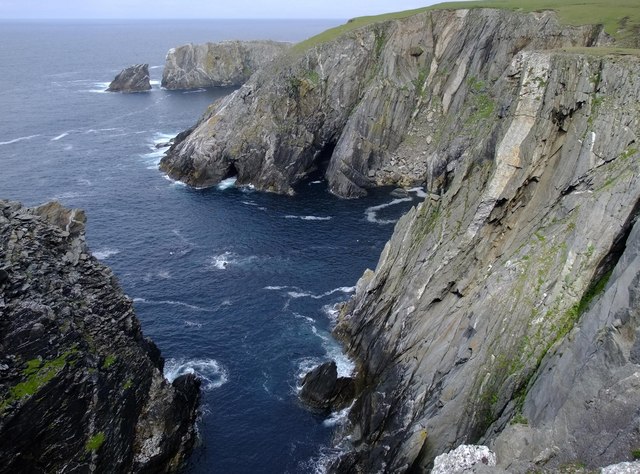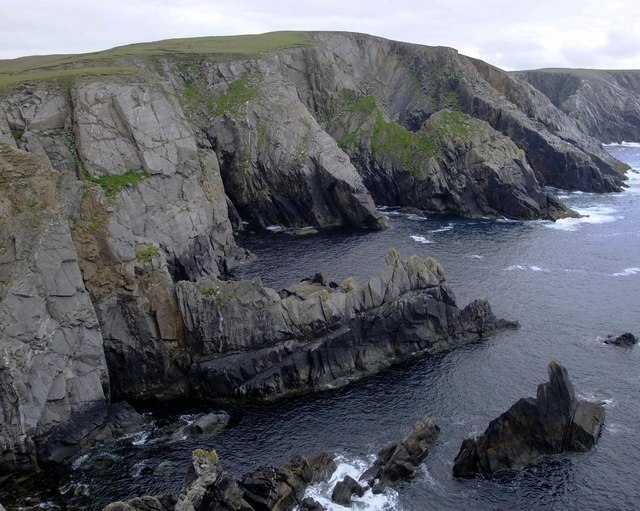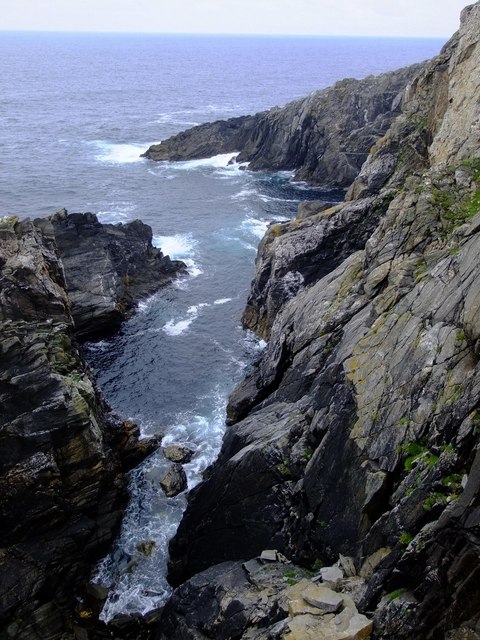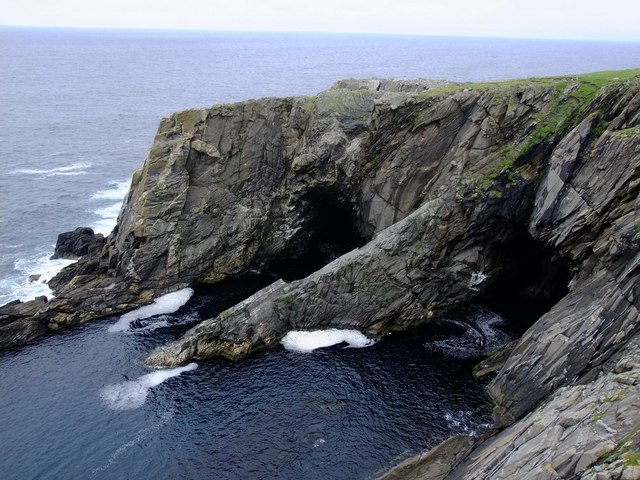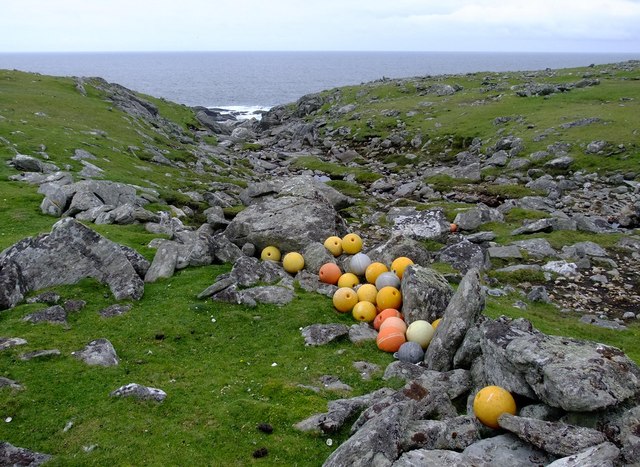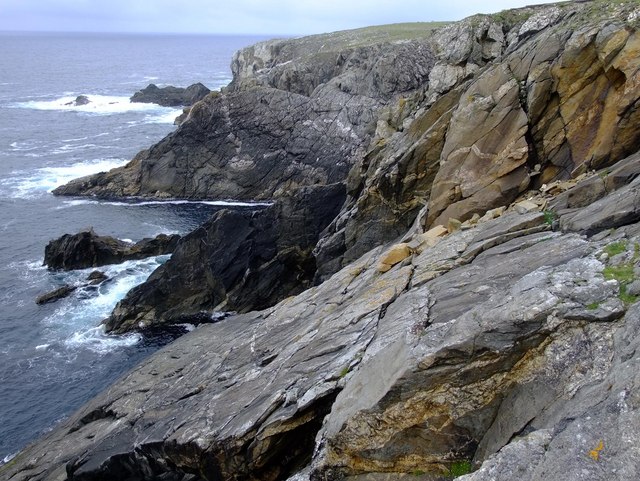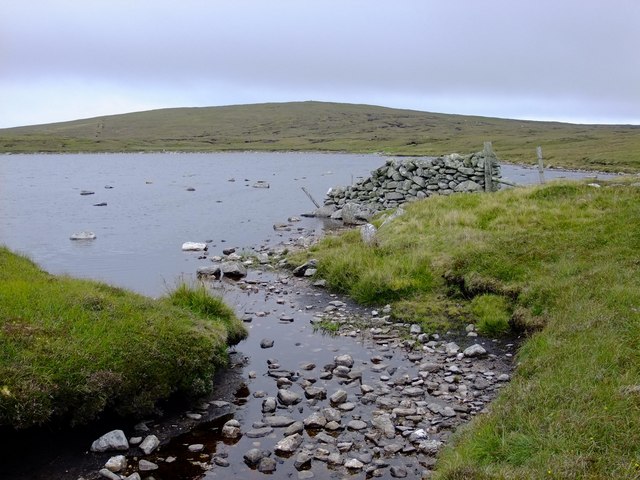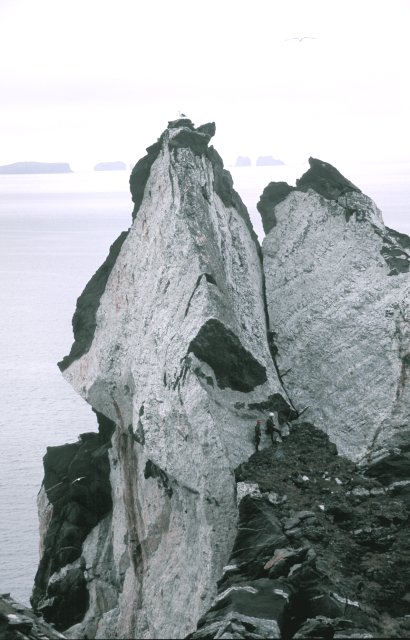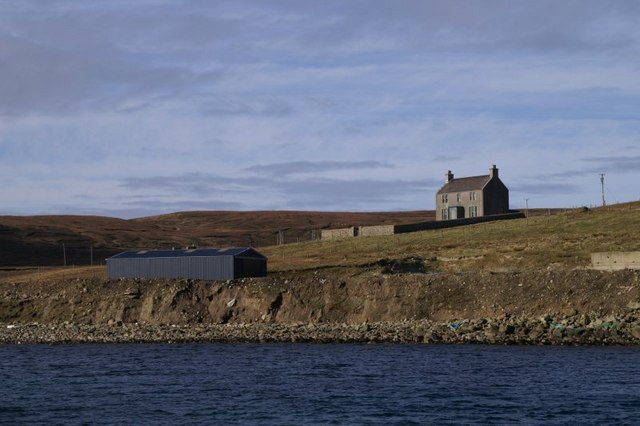Markamouth
Island in Shetland
Scotland
Markamouth
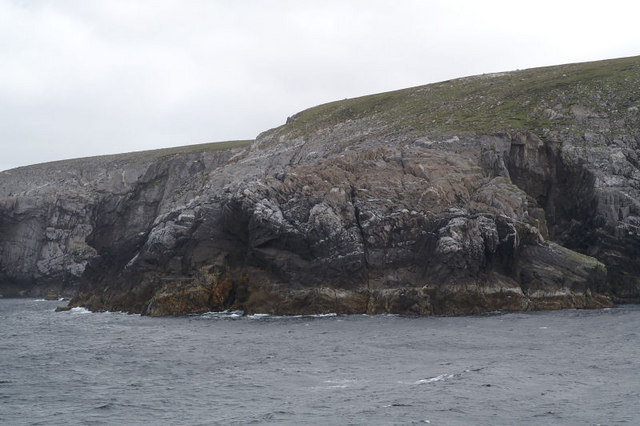
Markamouth is a small village located on the Shetland Islands, an archipelago in Scotland, United Kingdom. Situated on the mainland of Shetland, Markamouth is known for its picturesque coastal setting and rich history.
The village is surrounded by stunning natural beauty, with rugged cliffs, sandy beaches, and panoramic views of the North Sea. It is a popular destination for outdoor enthusiasts and nature lovers, offering opportunities for hiking, birdwatching, and exploring the diverse flora and fauna of the area.
Markamouth has a population of around 200 residents, making it a close-knit and friendly community. The village is home to a number of traditional Shetland houses, scattered along winding streets that reflect its historical charm and character.
In terms of amenities, Markamouth boasts a few local shops and services, including a post office and a small grocery store. However, for more extensive facilities, residents and visitors often travel to nearby Lerwick, the main town of Shetland.
The village is steeped in history, with archaeological sites dating back to the Neolithic period. The area has also witnessed Viking settlements, which have left their mark on the local culture and heritage. Visitors can explore ancient ruins and learn about the island's past at the nearby Jarlshof Prehistoric and Norse Settlement.
Overall, Markamouth is a tranquil and idyllic village, offering a peaceful retreat for those seeking a taste of the Shetland Islands' natural beauty and historical significance.
If you have any feedback on the listing, please let us know in the comments section below.
Markamouth Images
Images are sourced within 2km of 60.695376/-1.1327938 or Grid Reference HP4701. Thanks to Geograph Open Source API. All images are credited.
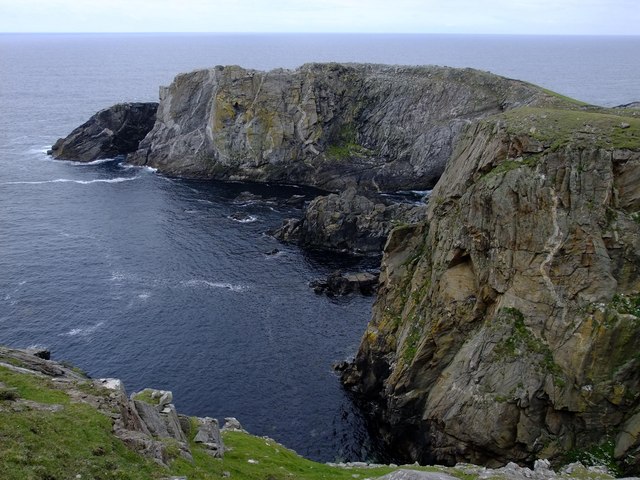
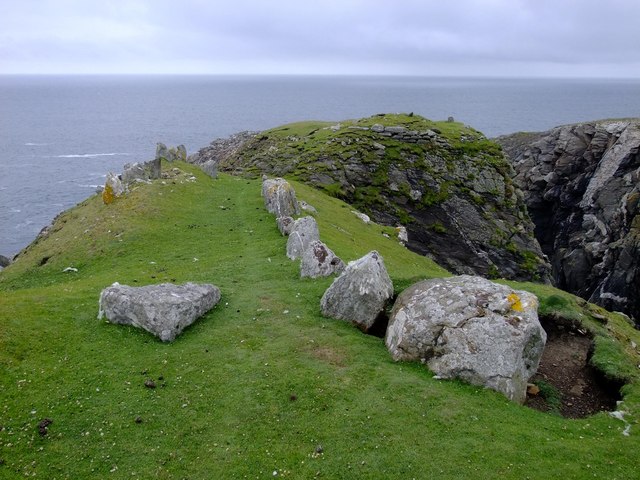
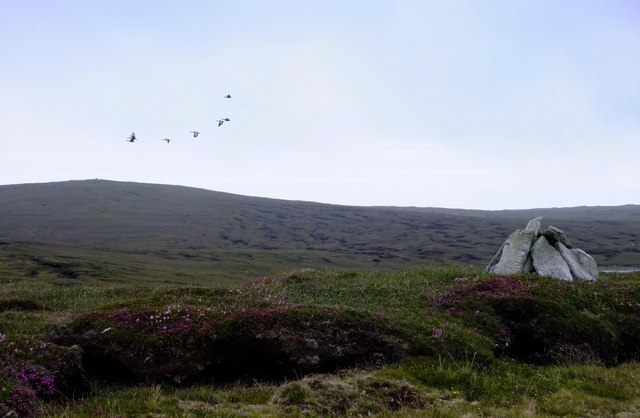
Markamouth is located at Grid Ref: HP4701 (Lat: 60.695376, Lng: -1.1327938)
Unitary Authority: Shetland Islands
Police Authority: Highlands and Islands
What 3 Words
///national.innovate.reform. Near Gutcher, Shetland Islands
Nearby Locations
Related Wikis
Gloup
Note: Gloup is common in Scottish placenames referring to a sea jet. Gloup is a village in the far north of the island of Yell in the Shetland Islands...
Ern Stack
Ern Stack is a sea stack off Yell, in Shetland, Scotland. The word "ern" means an eagle (it is a cognate of, for example, Swedish "örn"), and it is said...
Gloup Holm
Gloup Holm is an islet in the Shetland Islands, lying to the north of Yell. == Geography and geology == Gloup Holm is near to the part of Yell called North...
Cullivoe
Cullivoe (Old Norse: Kollavágr - Bay of Kolli), is a village on Yell in the Shetland Islands. It is in the north east of the island, near Bluemull Sound...
Gutcher
Gutcher is a settlement on the northeast coast of Yell in the Shetland islands. From here, rollon/roll off ferry services to Belmont on Unst and Hamars...
North Isles
The North Isles are the northern islands of the Shetland Islands, Scotland. The main islands in the group are Yell, Unst and Fetlar. Sometimes the islands...
Bluemull Sound
Bluemull Sound is the strait between Unst and Yell in Shetland's North Isles. A ferry service crosses it regularly. Cullivoe is on the Yell side, and the...
Yell, Shetland
Yell (Scots: Yell) is one of the North Isles of Shetland, Scotland. In the 2011 census it had a usually resident population of 966. It is the second largest...
Have you been to Markamouth?
Leave your review of Markamouth below (or comments, questions and feedback).
